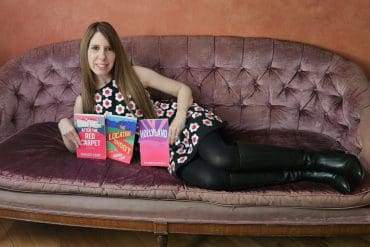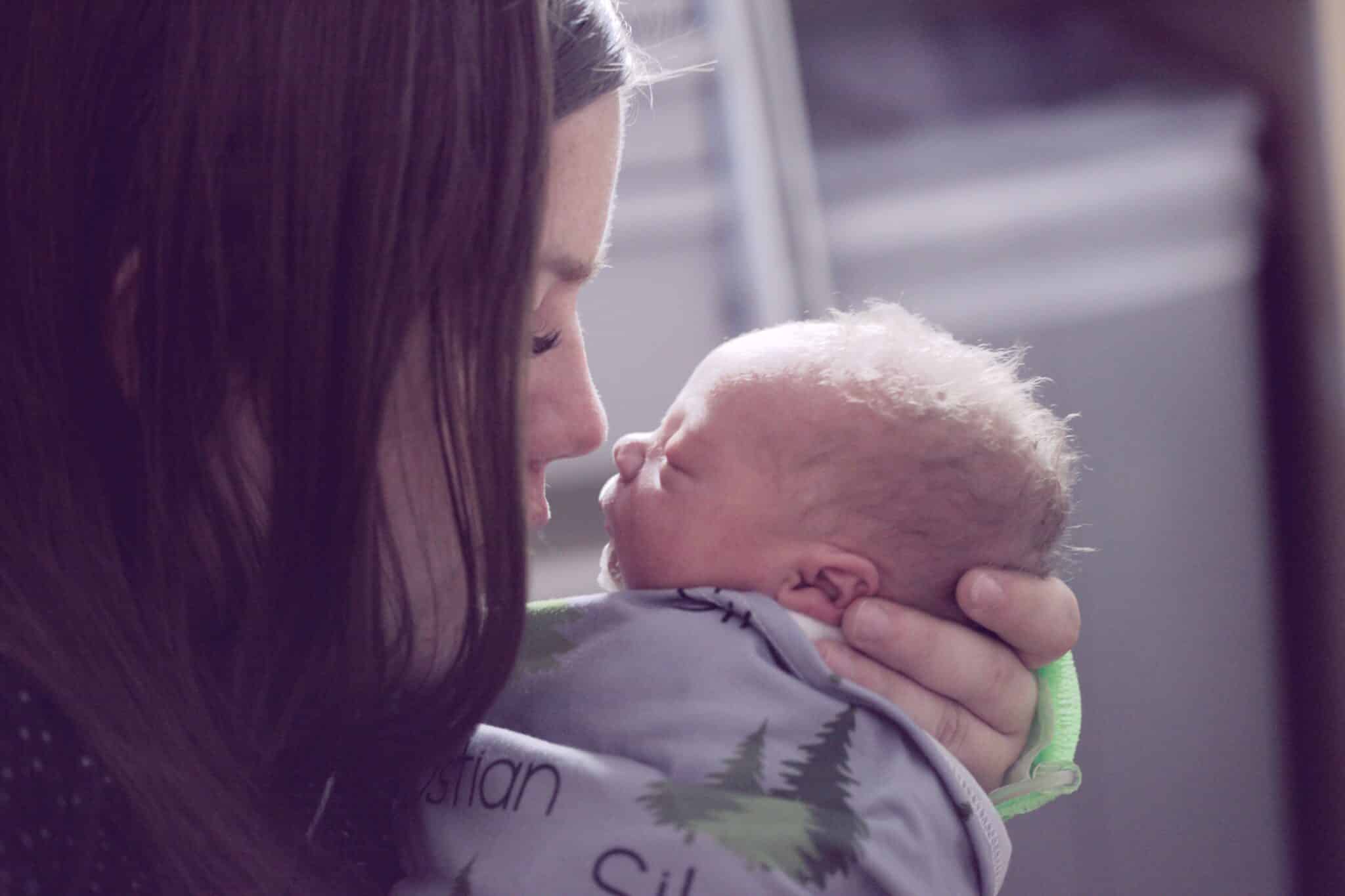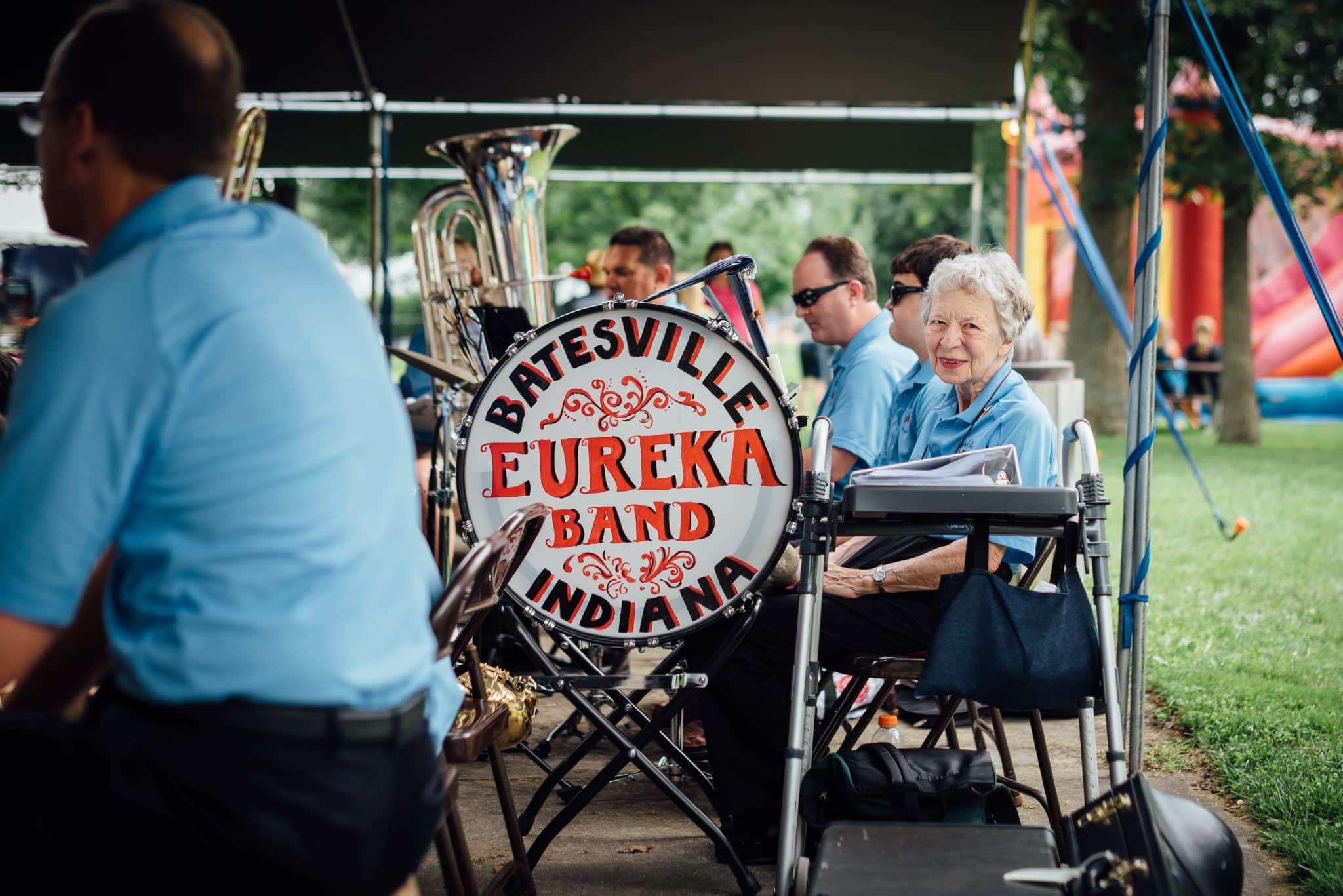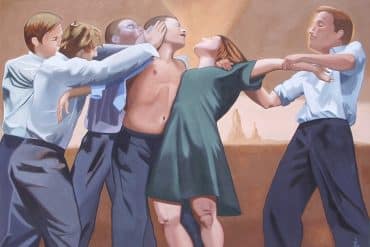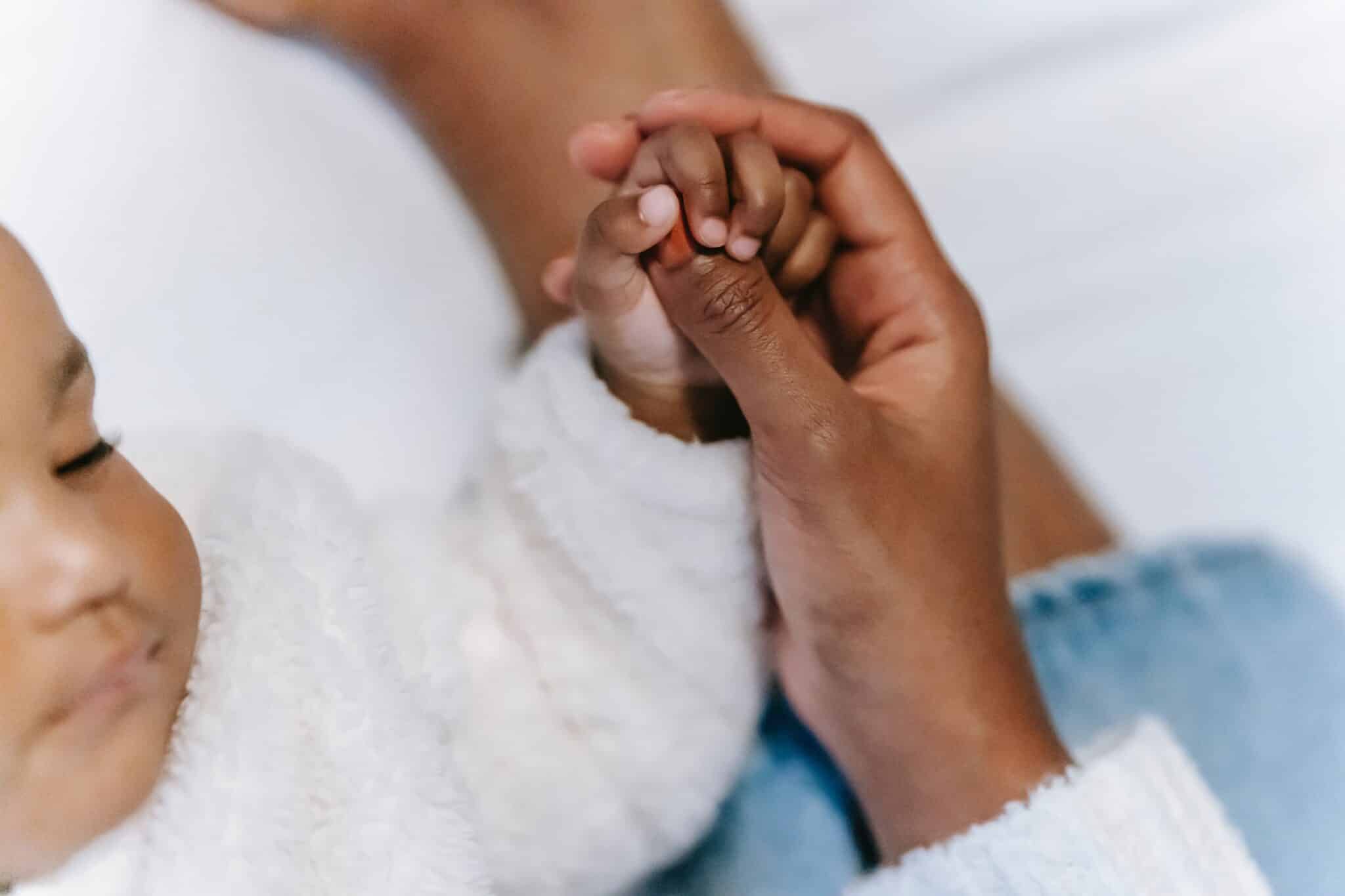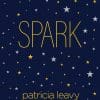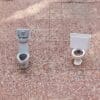Autoethnography of Black Fatherhood and Prenatal Stress Test
Author’s Memo
I came to autoethnography, especially to that particular area called autoethnography of black fatherhood, gradually, by degrees, against the grain of memoir. There was a space, liminal, and untraversed, that I found myself inches away from, right on the precipice – a creative writer, who enrolled in graduate school. A creative writer who was too pragmatic – that’s the term I used then – to simply enroll in an MFA program. I wanted to “challenge” myself with an MA in English Literature (the more critical, the more theoretical the engagement, the better). And through that academic journey I had the great luck of enrolling in a class called Perspectives on the Essay. I knew we were going to read a ton of essays, critically engage with them, deconstruct the form, starting from Michel de Montaigne to James Baldwin.
Then something wonderful happened as I reviewed the syllabus. I discovered that by the second half of the course, we would then attempt our own essays, complete with peer review (our professor holds a PhD in creative writing). But here was the problem: I didn’t write creative nonfiction, nor did I ever invite personal scrutiny of any kind … I asked the questions … People revealed their lives to me, while I scribbled barely legible notes in a dogeared reporter’s notebook. I am the very definition of a private individual, so the veil of “objectivity” – similar to the Veil W.E.B. Du Bois speaks of in The Souls of Black Folk – was a safe place for me to thrive professionally.
As a Black journalist (and editor) who worked in the Black press, I had more than a passing familiarity on the subject of mortality rates, black women, and pregnancy. When my moment as a father finally came, I celebrated and panicked, a walking calamitous dramedy waiting to happen. Strangely, this essay has a weird connection to Montaigne’s “Of a Monstrous Child,” where he writes about an “imperfect child … without a head, and with his spinal canal stopped up …” (57). This wasn’t one of the assigned readings. However, I, as the saying goes, “went off syllabus,” and read this brief essay over and over again. It touched something in me.
Today, I am a PhD candidate in American Culture Studies, writing an autoethnographic dissertation on the Great Migration and the rise and fall (and rise again) of Detroit through my family tree.This essay, or rather, in the Augustinian parlance, confession, gnawed at me from the comfort of a Google Drive file. I never really wanted it to be published. However, I recently realized that this was my first step into the arena of autoethnography. I did not have the supportive nomenclature behind me then, nor the autoethnographic works of Robin Boylorn, E. Patrick Harris, Stacy Holman Jones, Layla D. Brown-Vincent, Carolyn Ellis, or Arthur Bochner to aid me – I simply needed to talk about Black culture from the wellspring of my fears.
Knowing very well that Black mothers are more likely to die than their white counterparts, during birth, that is, at three-times the rate, it alters your reality, and not for the better. As the son of a single Black mother, I always feared repeating the same variation, passing down this environment to my daughter. Written a few years after her birth, “Our/My Ensuing Journey: Prenatal Stress Test,” encapsulates my hopes, my fears, my love of baby and mother, while trying my best to make sense of a Black fatherhood I wanted so very dearly.
This was written at a time, about four years ago, when I only thought of myself as a writer. These days, I also see myself as an emerging public ethnographer and cultural theorist. Over the course of the last year, this essay kept resurfacing in my mind. Not because it is particularly good, rather, because of its positionality in shaping how I saw blackness through my family tree. This was the essay that started my autoethnographic path – that is part of its importance.
Indeed, my trilogy of autoethnographic work – starting with “Scenes from Buchanan Street” (published in The Rectangle – Journal of Creative Writing) and “Waking Up … in America” – is incomplete without this essay; the genesis, the “In the beginning…” of it all, you might say. This makeshift/segmented/time capsule, even as I reread it today, causes all those fears to rise again; the moments, concertize and harden. “Waking Up … in America,” an epistolary essay to my daughter, published in the 2021 anthology, Paper Teller Diorama, takes up some of the fears I have for her now that she is part of the world proper, and is – whether I want her to, or not – entering into the cultural milieu of intersectionality and Black life in America. Whatever that means, whatever that evolves into, this will be her lived experience.
Finally, the goal of this essay was to make the reader feel a little of the anxiety of a neurotic father. His hopes (and dreams) of building a family, and what it is like to dream, if only for a moment, of a kinder world, one where my [unborn] daughter could slay dragons.
References
Montaigne, Michel. “Of a Monstrous Child,” Lopate, P. (Ed.). (1995). The art of the personal
essay: An anthology from the classical era to the present. Anchor.
PRB. (2021, December 6). Black Women Over Three Times More Likely to Die in Pregnancy,
Postpartum Than White Women, New Research Finds. PRB. https://www.prb.org/resources/black-women-over-three-times-more-likely-to-die-in-pregnancy-postpartum-than-white-women-new-research-finds/
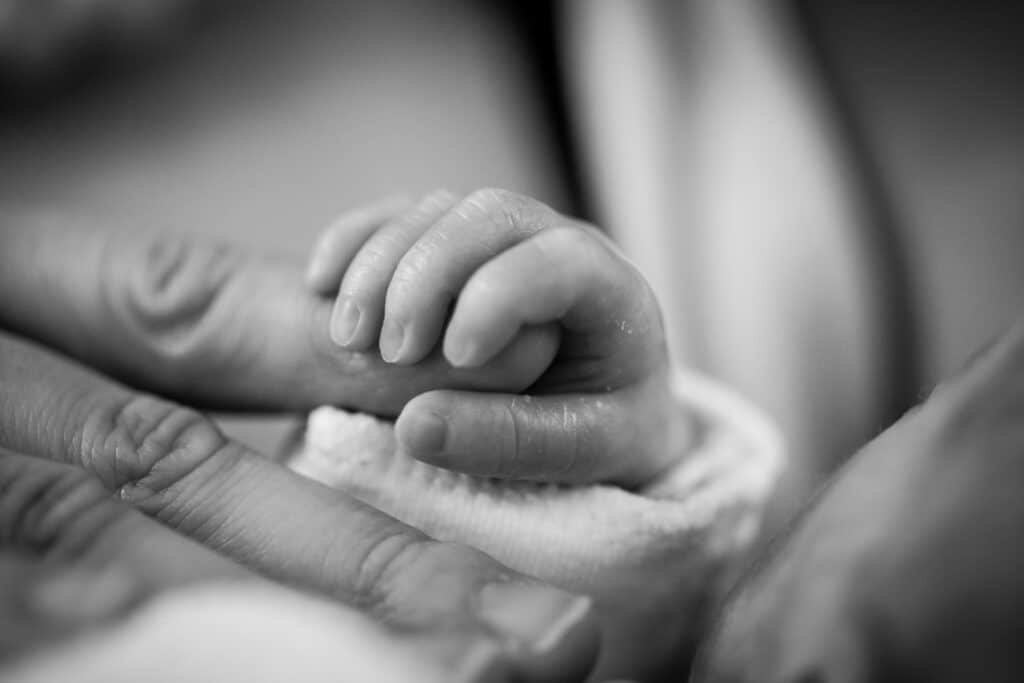
Autoethnography of Black Fatherhood and Prenatal Stress Test
There are tests for intelligence. Admission tests. Tests for academic achievement. Road tests for driving. Character tests.
My daughter kept failing hers. One after the other.
And she hadn’t even been born yet …
*
This would be my first pregnancy – that is, as a dad – and my wife’s third (both girls from a previous marriage). First, they scared the hell out of us, with charts, statistics, warnings, more warnings and plenty of pamphlets to take home and think the whole thing over, after the very real, and basically, very final act of conception. Now, let’s see what’s behind Door Number 3, shall we? All the good-natured prodding, trying to make us feel better about having a baby in our mid-to-late thirties didn’t amount to a whole lot.
We were shown a laminated chart that outlined all the ways our combined chromosomes could cause a major Armageddon in our unborn child’s genetic structure –– an explosion that would render her imperfect in the eyes of science. We were the equivalent of Damien’s parents from the movie The Omen, or one better: Anthony’s parents from “It’s a Good Life,” the Twilight Zone fan favorite episode featuring a child with god-like powers who ruled his town with an iron grip. That’s the sort of ruin we were to unleash upon the unsuspecting world …We three, that is. But, in the beginning, it was two of us.
*
“Would you watch my laptop for me?”
The words came from this lovely light-skinned black girl with curly hair. I was in the library doing research for a journalism project I was engaged in. It was a Sunday afternoon. She was leaning over the table, her scent causing my head to spin ever so slightly.
“Sure,” I said.
She had to use the restroom. And while I sat there stunned, it ran over and over in my mind that I should write some kind of note to her. I was the guardian of her laptop. While she was away and I was doing my best Sir Gawain impression, I wrote a note to her introducing myself to her, who I was, that sort of thing. When she came back, I handed her the note and left.
We were the equivalent of Damien’s parents from the movie The Omen, or one better: Anthony’s parents from “It’s a Good Life,” the Twilight Zone fan favorite episode featuring a child with god-like powers who ruled his town with an iron grip.
I found out later that Natasha was finishing her bachelor’s degree and needed studying time –– that’s why she was in the library (no, she wasn’t a nerd like me, more like a geek, which is, I’m told, much cooler). Sure, I needed to do my journalistic research. But I also was the loser-intellectual hanging out in the library trying to impress any member of the opposite sex to merely “Google me and you’d learn more about me.” Seriously. I wrote that. And she did.
About two weeks later, we started texting each other. We shared our stories. She told me about working in healthcare, raising two girls, and how she hadn’t planned on having any other children. Still, as a friend, or at least a burgeoning acquaintance, she said, “I’m sure one day you’ll have a child.” She meant this statement in the abstract. Secretly, I thought she was hinting around that if I worked hard enough, maybe, just maybe, she might be the mother of my children. A year later, she put a pin in my theory and simply said: “I was just trying to give you some hope.” And the laptop? No, I wasn’t the hottest guy in the room: “You were the least threatening,” she said.
Conversations multiplied and lunch meetings occurred (it helped that I was the managing editor of a newspaper that was about seven minutes from the healthcare agency where she worked). Things blossomed increasingly.
Our love was a test of sorts to see if two Star Wars/Star Trek geeks could make a blended family. Most people dislike Star Trek V: The Final Frontier and Star Wars: Attack of the Clones. They’re considered the lesser entries in the filmography. But we sent text messages to one another quoting Anakin and Padme. It was like a test of our growing love … who could come up with the best references from these movies?
She always won.
*
At first, my daughter was doing very well on her tests. Then, she started failing. The Fetal Non-Stress Test (commonly known as the NST), according to the American Pregnancy Association, “is a simple, non-invasive test performed in pregnancies over 28 weeks gestation. The test is named ‘non-stress’ because no stress is placed on the fetus during the test.” It’s usually routine, not much to worry about. My wife, Natasha, was 38, and because she was much wiser than me, she was my senior by two years, and had been through this –– or something similar –– with her middle child. She had hoped that she wouldn’t develop gestational diabetes again.
But it came along in the final months of the pregnancy. While a lot of this was routine, I found it terrifying. I read the American Diabetes brochure about how “untreated or poorly controlled gestational diabetes can hurt your baby.” That sounded bad enough.
Then: “Since the baby is getting more energy than it needs to grow and develop, the extra energy is stored as fat … This can lead to macrosomia, or a ‘fat’ baby.
Babies with macrosomia face health problems of their own, including damage to their shoulders during birth.” But the line that had me worried for our unborn child’s inevitable dystopic future was: “Babies born with excess insulin become children who are at risk for obesity and adults who are at risk for type 2 diabetes.” Because the fetus can be in distress, keeping the sugar levels of both mother and fetus can be a challenge, it’s rare (and dangerous) for a mother with gestational diabetes to carry the baby to full term, so we needed to get things moving quickly. And, then in the shadows of all this fear was the knowledge that Black women were three-times more likely to die from childbirth than their White counterparts. This was our Black reality.
My daughter’s birth –– via Caesarean section –– was scheduled a week after Natasha’s doctor took a vacation, on April 26.
Mind you, this was supposed to be the part you see in movies; water breaking; the father-to-be running from room to room, making sure they had everything; driving to the hospital at top speed. For us, everything was a scheduled set of events. It felt almost anticlimactic. I drove to the hospital (45 mph as per the speed limit postings), they induced her labor, and whisked her off to the delivery room.
The doctors gave me scrubs (“Here, put this on.”). I awkwardly fastened everything. They handed me several forms to sign on a clipboard, including the one that would make this child our first (and last) together. (“You can always have another one,” she said facetiously, “but for me, the baby making factory’s closed for business.”)
“We’re ready for you,” a nurse said, breaking me from my revelry, my fixation on the ticking clock in the corner. I followed her down what I remember as winding corridors, though it might not have been that dramatic. Everything was blindingly, painstakingly white.
“You okay?” I said, as I reached for Natasha’s hand and drew up a chair, trying not to trip over –– or upset –– any of the wires and tubes that seemed to be jutting from everywhere, Matrix-style. She was jacked in, ready for the simulation to become real. The world was about to unfold; time’s metronomic pace accelerating with the beating of my heart.
“I can’t feel a thing,” Natasha said, referring to the drugs they had given her.
You could see them snipping and pulling, doing all sorts of things behind that blue curtain that separated us.
“This is it,” one of the male attendants said to me. “Now’s the time. If want to see it.”
I was afraid.
All those tests. All the failings. I was nervous that things wouldn’t go well. It seemed so plausible. I wouldn’t look until I was absolutely sure –– anything less than perfection would have floored me in a very literal sense. My legs were weak enough, hardly foundational, just two sticks ready to collapse on demand.
My daughter, Chelsea, destroys the world around her, with glee and a peculiar aplomb. Dog’s tails are confetti to her. She’s a little toddling two feet tall Godzilla, tearing, tasting, and testing the world around her, making things – and people – conform to her personal reality. Those big brown Anime-eyes are always on a quest to slay some approximation of the dragon, in whatever form it takes.
“No, thanks,” I said, “I’ll wait with her.” Meaning, my wife.
“That’s okay,” the attendant said. But I could tell maybe that was the wrong answer. It certainly wouldn’t have been a highlight of the TLC show, A Baby Story, or our personal favorite, Make Room for Multiples.
Who wouldn’t want to see their baby daughter fresh out of the womb? A man afraid of the science of dystopia, that’s who.
And then there was a snap, followed by a cry. “She’s beautiful,” a nurse said. “She’s absolutely beautiful.”
They checked her blood pressure, drew blood (more diabetes testing), and finally, I got to hold my daughter. She really was perfect, and, very briefly, I regretted not cutting her umbilical cord.
“Isn’t she lovely?” Natasha motioned to the tiny sleeping baby swaddled tightly in her comfortable white cottony cocoon.
Yes, I thought. You both are. I said, “Yes”. But it was a small thing that tapered off, the clicking of the air conditioner in the room kind of stealing the word away.
What followed, true to all the parenting magazines and online articles on the subject, were some very late nights; a scare from the Michigan Department of Health (which regretted to inform us of a lack of biotin in our baby’s body. But in the end, this proved false); chaotic morning rushes with two school-age children; two working parents, and a baby in tow.
My daughter, Chelsea, destroys the world around her, with glee and a peculiar aplomb. Objects thrown here and there, pounded into the pavement, or worn carpeting. Dog’s tails are confetti to her. She’s a little toddling two feet tall Godzilla, tearing, tasting, and testing the world around her, making things – and people – conform to her personal reality. Those big brown Anime-eyes are always on a quest to slay some approximation of the dragon, in whatever form it takes.
I couldn’t ask for anything more cyclical than that.
References
American Diabetes Association. (2019). How Will This Impact My Baby/ADA. Diabetes.org.
https://www.diabetes.org/diabetes/gestational-diabetes/how-will-this-impact-my-baby
Fetal Non-Stress Test (NST). (2012, April 26). American Pregnancy Association.
PRB. (2021, December 6). Black Women Over Three Times More Likely to Die in Pregnancy,
Postpartum Than White Women, New Research Finds. PRB. https://www.prb.org/resources/black-women-over-three-times-more-likely-to-die-in-pregnancy-postpartum-than-white-women-new-research-finds/
Featured Image Pexels by William Fortunado I The AutoEthnographer
Image by Pixabay for Pexels
Cornelius Fortune’s work has appeared in Yahoo News, CinemaBlend, The Advocate, The Novel & Short Story Writer’s Market, and others. He holds an MA in English Literature.


